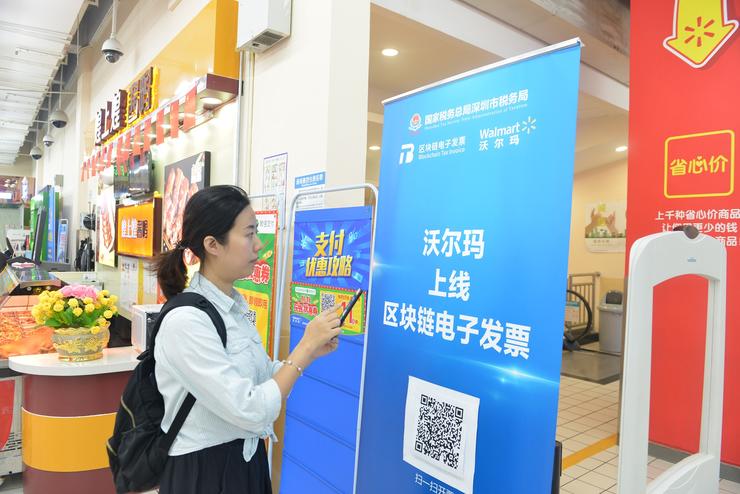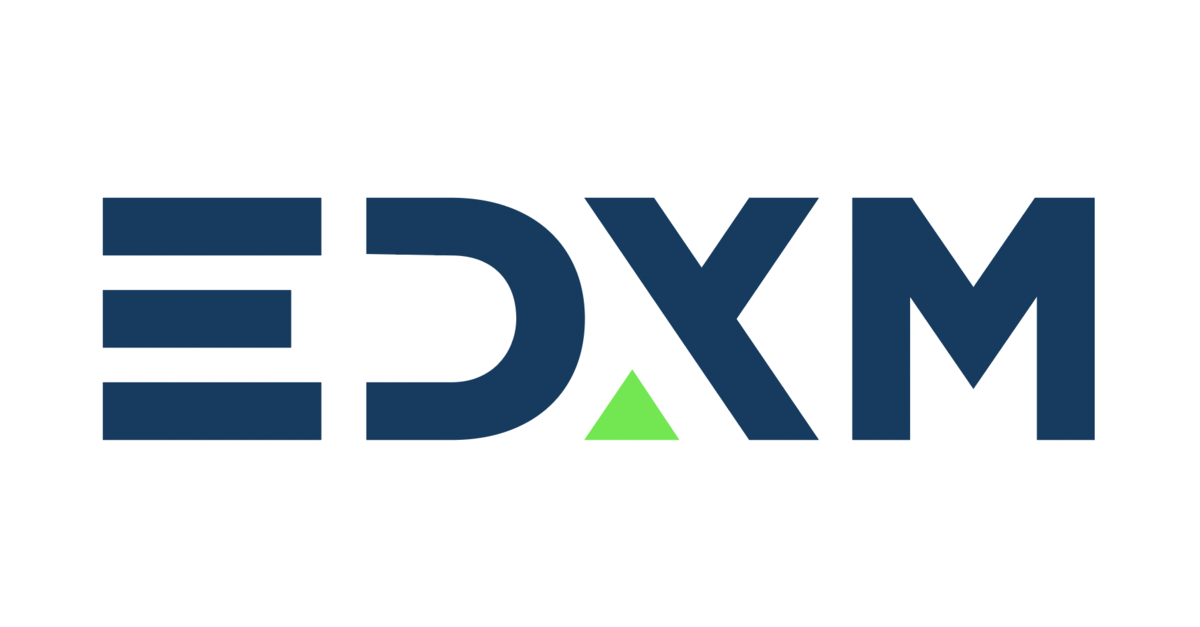The first anniversary of Shenzhen blockchain electronic invoices: nearly 6 million invoices, amounting to 3.9 billion yuan
The blockchain electronic invoice is considered to be an effective combination of blockchain and taxation management based on massive data, simplifying the taxation process, promoting the sustainable development of taxation, and solving the long-term problem of over-reporting, false reporting, and falsehood in the process of invoice circulation. Difficult to test and other pain points. Therefore, when the financial technology giants considered the blockchain technology, they also turned their attention to the field of electronic invoicing.
On August 10, 2018, the Shenzhen blockchain electronic invoice project launched by the Shenzhen Taxation Bureau and the Tencent blockchain was officially launched. Shenzhen has also become a pilot city for blockchain electronic invoices nationwide. Now that the project is on the first anniversary, what is the performance of the Shenzhen blockchain electronic invoice?
One-year transcript: nearly 6 million invoices
On August 5th, the “Shenzhen Blockchain Electronic Invoice First Anniversary” media presentation, Shenzhen Taxation Bureau disclosed the latest billing data:
As of the day of the presentation, the Shenzhen blockchain electronic invoices issued by Tencent Blockchain Technology had opened 5.91 million, with an average of 44,000 daily invoices and a total invoice amounting to 3.9 billion yuan.
- Analysis of the trend of gold and bitcoin in the first half of 2019 – Who is the king of risk?
- Samsung's blockchain ambition: from bystanders to layout people (with Samsung blockchain events)
- The situation is getting more favorable to the market, why the BTC does not rise and fall
In August last year, the country's first blockchain electronic invoice was opened at Shenzhen Guomao Restaurant. In November of the same year, the blockchain electronic invoice was successfully opened in China Merchants Bank and launched in the Wal-Mart store in Shenzhen. The application scenarios were extended to the financial and retailer super-fields. In December of the same year, the function was officially launched on the WeChat payment merchant platform. Merchants can access and issue blockchain electronic invoices at zero cost.
On March 18 this year, the blockchain electronic invoicing function was connected to the traffic scenes of Shenzhen Metro, taxis, airport buses, etc. Users can use the Tencent bus code to take the subway and take a taxi and use the taxi assistant applet. Self-service blockchain electronic invoices.
According to the statistics of Shenzhen Taxation Bureau, since the launch, blockchain electronic invoices have covered more than 113 detailed industries, including public transportation, catering, parking services, retailers, Internet services, finance, etc., with 5,308 registered enterprises.
Fang Zhizhen, a staff member of the Shenzhen Municipal Taxation Bureau, has also introduced that the blockchain electronic invoice project is gradually achieving “invoice assetization and data value”.

Tencent blockchain creates a "double-layer three high" custom architecture
Why use blockchain electronic invoices? It is understood that, unlike traditional electronic invoices and simple electronic invoices, blockchain electronic invoices can be connected to each invoice stakeholders, and the “flow of funds and invoice flows” can be combined in a multi-node chain to realize the ticket collection. The whole process closed loop of issuing, circulation and reimbursement, and ensuring that every link of the invoice life cycle can be checked and tested in the chain.
Starting from the user experience, blockchain electronic invoices improve the efficiency of invoicing and reimbursement, reaching the level of “no paper invoices, no special equipment, full mobile phone self-service, transactions are invoiced, invoicing is reimbursed” Provides a convenient and quick access to invoice channels.
From the perspective of the enterprise, blockchain electronic invoices can be implemented without prior application, online direct release, enterprise invoicing, ticketing is more convenient, and the blockchain electronic invoicing platform has real-time statistics and analysis functions, and invoice management is more convenient. Simple and standardized. Li Wei, deputy director of the Shenzhen Municipal Taxation Bureau, pointed out that there are no printing links, traceability of sources and other characteristics that make it possible for merchants to go online and issue blockchain electronic invoices to be almost “zero cost”.
In 2018, Shenzhen began to strengthen the research on blockchain technology. From the taxpayer's use of ticket pain points and blocking points to conduct research, refining the blockchain electronic invoice demand, and providing the underlying technical support by the Tencent blockchain, high-light technology, Kingdee , UnionPay, China Merchants Bank, etc. provide industry solutions.
As the underlying technology provider of blockchain electronic invoices, Li Maocai, general manager of Tencent Financial Group's business, Tencent Blockchain said that how to put the leading technology into practice is a big test. On this basis, Tencent blockchain creates a “double layer”. "Three high" custom architecture, which refers to the "double-layer chain" consisting of the core nodes of the tax bureau + various service nodes, and the "high security, high availability, high performance" three characteristics, enabling large-scale networking Support the participation of millions of enterprises and hundreds of millions of users.
He further explained the three layers of protection for high security features:
"System security level, in line with the principle of safety three synchronization (planning, construction, application), through the tax bureau security scanning, and is actively cooperating with the preparation of the Ministry of Public Security and other three levels of testing;
At the risk control level, we have established different risk control rules before, during and after the event, such as: when the risk enterprise is identified, the company can automatically stop the billing and reduce the risk of billing;
At the data privacy level, we combine the innovation of system contract and hash tree on the double-layer chain architecture, so that the data can be verified simply but effectively isolated. ”
It is worth mentioning that Shenzhen's blockchain electronic invoice is not only a coalition chain project, Tencent's "Internet + Finance" innovation business deputy director, tax and tax expert Wang Hao told Lei Feng network (public number: Lei Feng network), it actually formed A structured social IT resource sharing system centered on the tax bureau, head service providers are added to the blockchain, and redundant IT resources can be provided to SMEs on the market.
Mobile payment scenario + organic combination of blockchain
For Tencent, the extensive use of blockchain electronic invoicing also means the organic combination of “mobile payment scenario + blockchain”, using the high penetration rate of mobile payment, providing a universal entry for issuing blockchain electronic invoices. The WeChat payment receipt channel not only accelerates Tencent's payment ecological expansion, but also expands the scope of its blockchain technology.
Taking the transportation industry as an example, passengers can use the Tencent ride code to take the subway and pay by taxi to issue an invoice online. Li Maocai revealed that the current blockchain electronic invoices issued by Tencent's passenger code channel totaled more than 1.89 million, and Shenzhen has more than 20,000 taxis to access the blockchain electronic invoice function.
Li Wei, deputy director of the Shenzhen Municipal Taxation Bureau, also said at the presentation that the current blockchain electronic invoices account for a small proportion of the total invoices, but they have been promoted to more industries, waiting for this project in different industries. After the development is mature, we will carry out large-scale promotion, and in the future, we will give priority to industries with more urgent demand for votes.
However, although blockchain electronic invoicing can significantly reduce the operating costs of businesses, promotion may still be difficult. Wang Zihao said that the blockchain technology applied in the invoice field will not be defined as a new technology. However, in the large-scale promotion, it is necessary to consider the integration with the existing invoice ecosystem and the acceptance of the merchant.
This article Source: Lei Feng Net
Author: Zhou Lei
We will continue to update Blocking; if you have any questions or suggestions, please contact us!
Was this article helpful?
93 out of 132 found this helpful
Related articles
- Standard Chartered Ventures Launches Mainland Business: Investment Blockchain Project
- MoneyGram CEO Tan Ruibo xRapid: It’s really cool to settle the currency in a few seconds!
- BTC is blocked from retracing, short-term into break time
- The blockchain star project of Top50, which is fundraising, is still alive?
- Libra node campaign list is big! More than ten institutions have applied for it publicly, and Gan and Gemini are waiting to see.
- Whether digital currency can become a safe-haven asset today
- IBM Layout Supply Chain Management, 4,000 suppliers will be introduced into the new blockchain network




